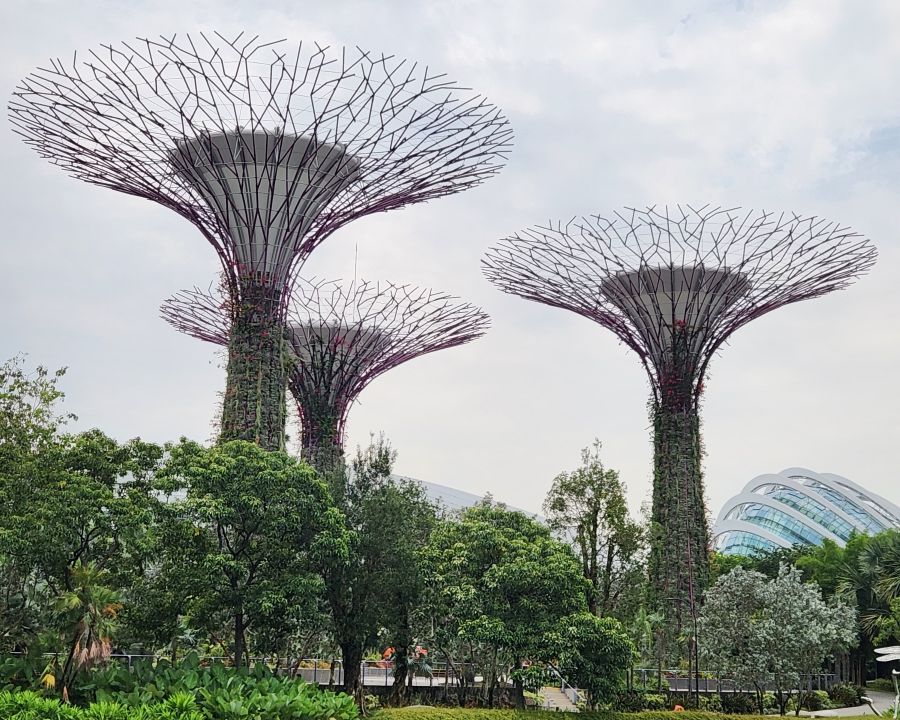Next-generation sensors could transform how we monitor forest health

New Zealand researchers are developing biodegradable sensors to monitor tree health, with technology and expertise from international partners helping to advance their projects. By combining local research with specialised printing techniques only available overseas, the team aims to make forestry monitoring more sustainable, data-driven and efficient.
Researchers from the Bioeconomy Science Institute are developing next-generation sensor devices that could transform the way New Zealand monitors the health and productivity of its forests.
Bioeconomy Science Institute scientist Dr Robert Abbel is leading the project, ‘Next generation sensors for the digitalisation of the forestry sector’, with support from the Royal Society Te Apārangi Catalyst: Seeding fund. It involves developing biodegradable electronics that can be embedded into trees. Instead of using rigid chips or circuit boards, the devices are printed with functional inks on biodegradable materials and used to track nutrients inside trees, giving foresters real-time information about tree health.
The project was initially planned as a collaboration with the Hebrew University of Jerusalem (HUJI) under Professor Shlomo Magdassi. It was later carried out at the Singapore-HUJI Alliance for Research and Enterprise (SHARE), part of the Campus for Research Excellence and Technological Enterprise (CREATE). SHARE fosters collaboration between HUJI and Nanyang Technological University (NTU) in Singapore, where Professor Magdassi also holds an adjunct position.
During their visit, Robert and colleague Dr Angelique Greene trained with leading experts in inkjet printing technology not available in New Zealand. They also tested new biobased inks - including carbon formulations and melanin pigments from black soldier flies, which could help enable fully biodegradable electronics and support New Zealand’s push for sustainable technologies.
“This approach gives us far greater control over how we build our sensor devices and has enabled us to improve performance and even repair damaged components in ways that weren’t possible before,” Robert says.
"The project is helping to establish New Zealand’s presence in the growing field of biobased electronics. By collaborating internationally and testing new materials, we’re contributing to technologies that are innovative and sustainable.”
Devices in Bioeconomy Science Institute labs are made using screen printing, a contact method that works well for some applications but can damage delicate layers, produce too thick deposits and require new screens for each design change. Inkjet printing, by contrast, is non-contact, creates thinner layers and allows instant design changes from a digital file. By using both methods, researchers can directly compare their strengths and weaknesses and determine which is more suitable for each application.
Bioeconomy Science Institute scientist Yi Chen says this research is part of a broader effort in sustainable and biobased printed electronics. “Much of the work carried out in Singapore contributes to larger initiatives within this space,” he says.
“For example, we have a long-running Strategic Science Investment Fund (SSIF) funded project focused on biobased printed electronic devices for packaging applications. Alongside this, a number of externally funded projects build on and complement the work, showing how this Catalyst project is part of a wider ecosystem of innovation in sustainable electronics.”
The next generation sensors project has already sparked ideas for future collaborations with Israel and Singapore-based researchers and other New Zealand science organisations. Professor Magdassi will visit New Zealand in 2026 to continue the partnership, share expertise and explore opportunities for joint international funding.
